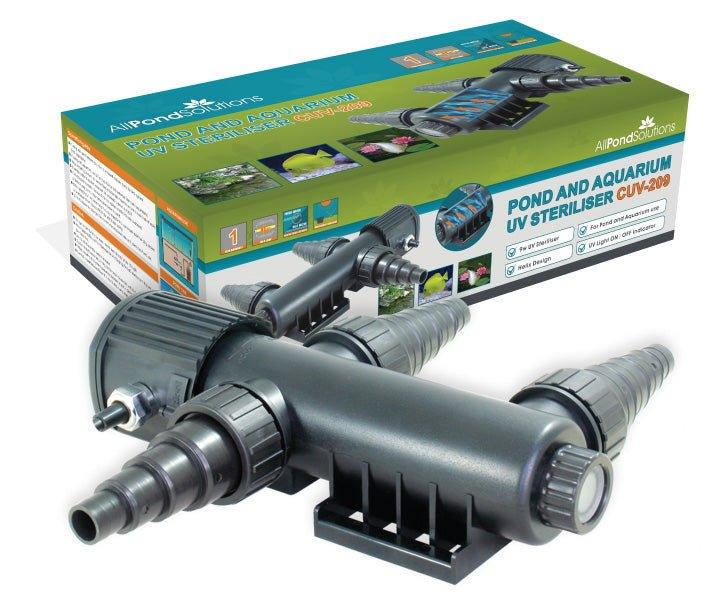A Guide to Aquascaping And Aquarium Design
Aquascaping is the art of arranging your aquarium in an aesthetically pleasing way. It is essentially underwater gardening. Using fish tank plants, rocks, stones and wood, your aquarium can be designed in a number of different styles.
The Dutch Style Design
The Dutch style aquarium is a lush, plant heavy water garden. With multiple types of aquatic plants, there is a diversity of height, colour, leaf size and texture, this style of aquascape is similar to a terrestrial plant garden. The Dutch style was developed, eponymously, in the Netherlands in the 1930s. Typically more than 80% of the aquarium floor is covered with plants, and tall plants cover the back of the aquarium.

The Nature Style Design
Introduced in the 1990s by Takashi Amano, the nature style mimics a natural landscape in miniature, as Japanese gardening does. Using an asymmetrical arrangement, a lot of only one or two types of small plant, and carefully selected rocks or driftwood, this style draws heavily on the Japanese concepts of Wabi-sabi. Fish are usually included to complement the plants and control algae, but tey are usually limited to one or two species.

Jungle Style Design
If you want to create something in between the lush appearance of the Dutch style and the very controlled appearance of the nature style, then the Jungle style may be for you. Bold, coarse plants are used alongside rocks and stones and wood to create an untamed appearance.

Biotopes Design
This type of aquascape is designed to replicate an actual, natural habitat. While the other styles of aquascape might combine plants, fish and hardscape without regard to whether they might naturally encounter each other, a biotope takes this into specific consideration. Each element in the aquarium must match what would be found in nature, in some cases even down to the chemical composition of the water.

Paludariums Design
A paludarium has part of the tank submerged, and the rest above the waterline. This means that you can have a wider diversity of plants in an aquarium, and you can keep amphibians.

Reef Design
While most of the previous styles are freshwater tanks, saltwater aquascaping centres on creating a reef. Instead of plants and rock, coral and live rock are used instead. Lighting is particularly important in reef-scaping, in supporting the life of coral invertebrates, so requires more of a commitment than simpler freshwater aquascaping.

How To Undergo Your Own Aquarium Design
The first thing you must do after deciding that you’re going to take up aquascaping is to decide what sort of style you wish to go for. While the natural style is one of the most popular, it can also be one of the most difficult to get right.
Find Inspiration – take a look at The International Aquatic Plants Layout Contest or Planted Design Contest for examples of past works and think about what it is that you like.
Don’t get Downhearted – it’s easy to look at these incredible examples and feel overwhelmed, but you can do something to equal these too, it just takes practice and the willingness to try. You also have the freedom to change it if you don’t like it!
Top Tips
- Symmetry is not something to strive for in aquascaping. It simply doesn’t look natural and makes the tank look too structured.
- If you’re going for a nature style, make your details small and fine to make your tank look bigger, whatever its size. This includes fish, too. Choose tiny fish and your landscape will look in proportion.
- If you want your plants to grow quickly when they’re in your tank, use ones that have already been growing submerged rather than new ones that have been growing in soil.
If you are wanting to give aquascaping a try, head to our website where you can stop for fish tank plants and aquascaping supplies at a great price!
